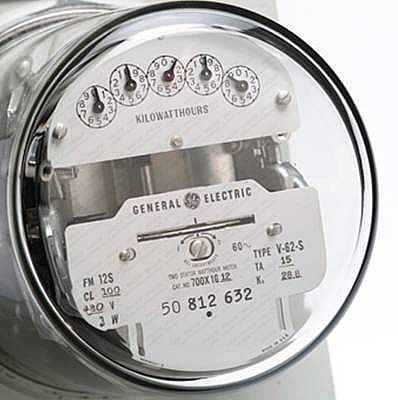Understand your facility’s needs through a utility analysis.

There are energy audits, energy purchasing contracts, energy service offerings, and many providers offering to lower energy bills through the installation of various products. But before you jump into any of those potentially costly services, the first step in saving money through energy management is with a utility analysis. This will give you a picture of where your facility is starting from, how it measures up others, and insight into the most cost effective next steps for your organization.
By getting to know the basics about your facility through simple interviews and analyzing a couple years worth of utility information, an energy analyst will create a benchmark that ranks your facility with similar facilities which provides a good idea of how feasible further analysis may be.
This benchmark will identify how your facility ranks relative to the median facility of similar type, size, and location. From here, if the benchmark reveals that your facility less efficient than the average facility, it is a good indication that further analysis may be needed.
Why is this ranking important?
Energy audits for commercial facilities can get quite costly. If a facility were to engage in such an analysis without knowing that the facility is in the top quintile of similar facilities, there may never be a chance to recoup the cost of the analysis through the potential energy efficiency measures identified through the audit process.
A utility analysis is a small fraction of this cost and provides immediate value by giving a solid understanding of where you are starting from.
Trust Us. And Here’s why.
Working with our clients, we have seen many different cases where the first step of a utility analysis has saved our clients significant expense through avoiding unnecessary costs or given justification that more action is, in fact, necessary.
In one instance, a large campus of buildings had natural gas costs that appeared to be spiralling out of control over several months, and an energy audit was requested. However, after an initial utility analysis, it was discovered that the entire problem was contained in an accounting error due to a meter change. A few hours worth of analysis saved the client tens of thousands of dollars.
In another, a facility manager that was prepared to spend five figures on an audit that discovered after the interviewing and benchmarking process that their facility was in the top 25% efficient facilities of similar type, and that the potential savings through further analysis were not going to be cost effective.
Conversely, the analysis process does sometimes confirm that a facility is significantly inefficient compared to similar facilities. In this case, the analysis process provided confirmation for the need for further work and provided a benchmark from which to measure subsequent energy efficiency measures.
In addition to the energy benchmark, the utility analysis will also identify the utility rate structure which could reveal potential savings through third party purchasing, demand reduction, or peak shifting. The analysis will also reveal trends such as usage over time, cost over time, demand over time, and the facilities load factor. All of these data points are the foundation for creating the most cost effective way to creating an informed policy to achieve energy savings.